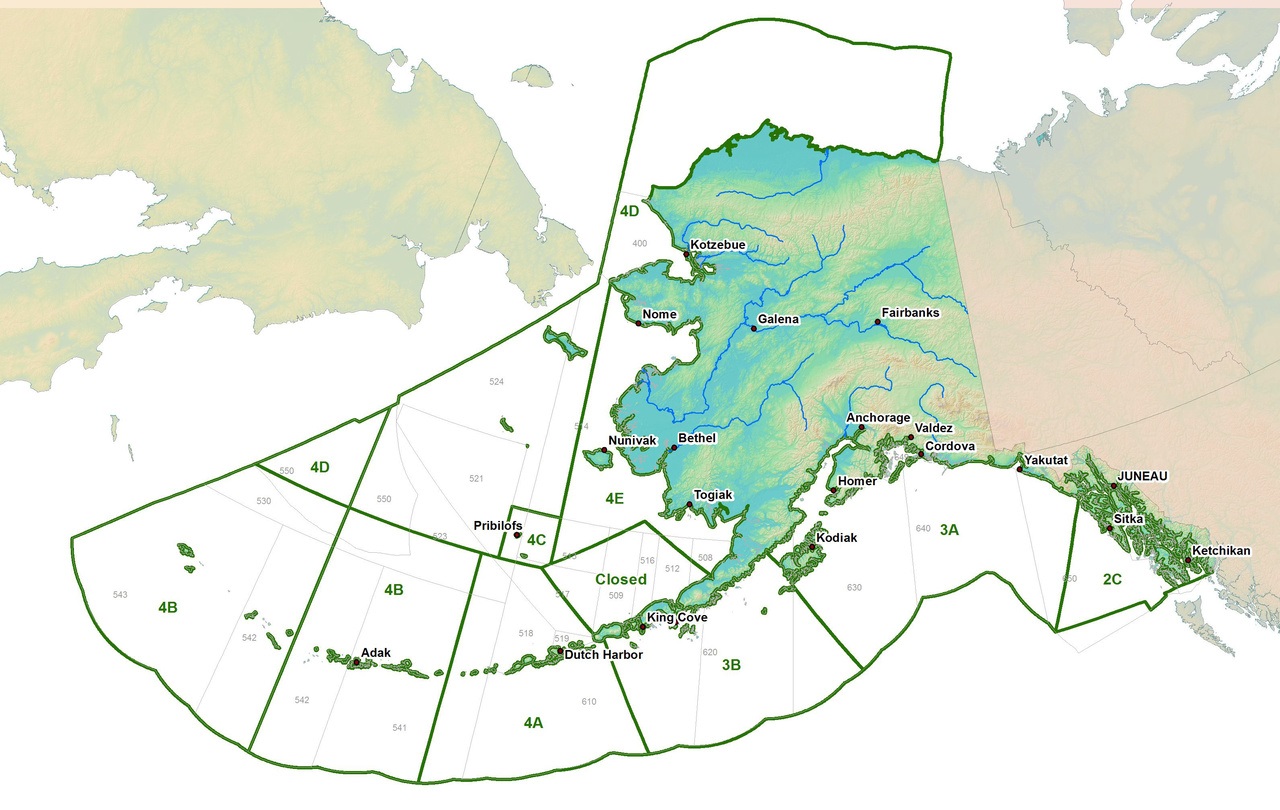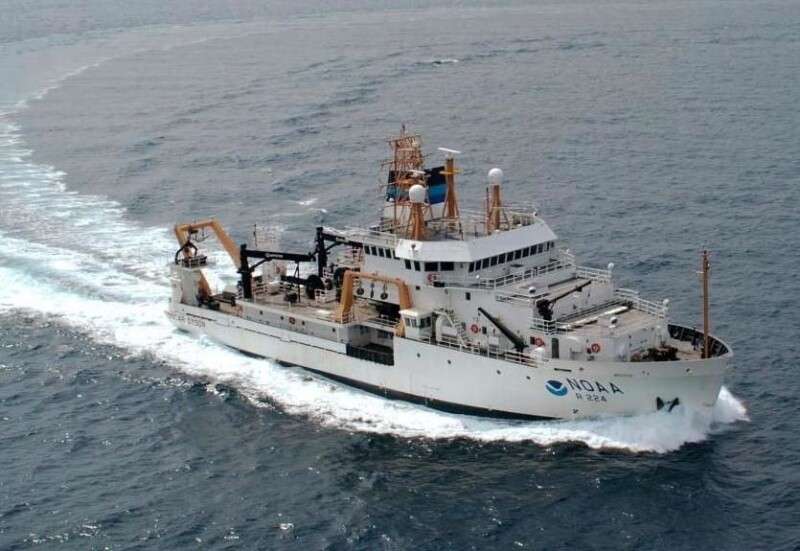Machine learning helps create more accurate Alaska pollock assessments. Fisheries managers rely on accurate stock assessments to keep industries viable and protect resources. The researchers who generate those assessments rely not only on data generated by scientists and fishermen but also on their own capacity to analyze it. According to Dr. James Thorson at the Alaska Fisheries Science Center, AI and machine learning have helped improve the species distribution models (SDMs) used in generating stock assessments.
“We often use a type of machine learning called Gaussian Process Models to develop these species distribution models,” says Thorson. “The Gaussian Process Models are good at determining how many fish are in a particular area, but also why the fish are there. It can use information like temperature and bottom type.”

As Thorson explains, the science center uses AI-informed SDMs to create the abundance indices that go into the assessments for pollock, cod, and yellowfin sole. “These surveys are expensive, so if we can get 20 percent greater efficiency out of them by using these better analytic techniques, that’s a plus.”
According to Thorson, the surveys may take 300 tows of pollocks, measure the average size, take otolith samples, sample stomach contents, and collect other data. “AI enables us to get deep into the weeds with analysis of the data,” he says. “The assessments focus on the abundance index and comparing averages over time to identify trends. But with the SDMs, we can get more information from the existing samples.”
For example, Thorson notes that a 2010 survey in the northern Bering Sea saw very few pollock and cod. “But when we went again in 2017, we saw all kinds of pollock and cod. We can’t go back and see what was there in 2016, but with our models, we can see where the cold pool was and what portion of the stock was near the boundary of where we surveyed in the past and estimate stock distribution.” Continuing surveys into the northern Bering Sea have "continued to indicate that we’ve done thinner surveys up there in the following years,” says Thorson. “And we’re using these AI models to analyze those and working with the councils on how to use those. It’s all new, the surveys and the analytics. We need to make sure everyone understands what we’re doing and how we’re doing it.”







